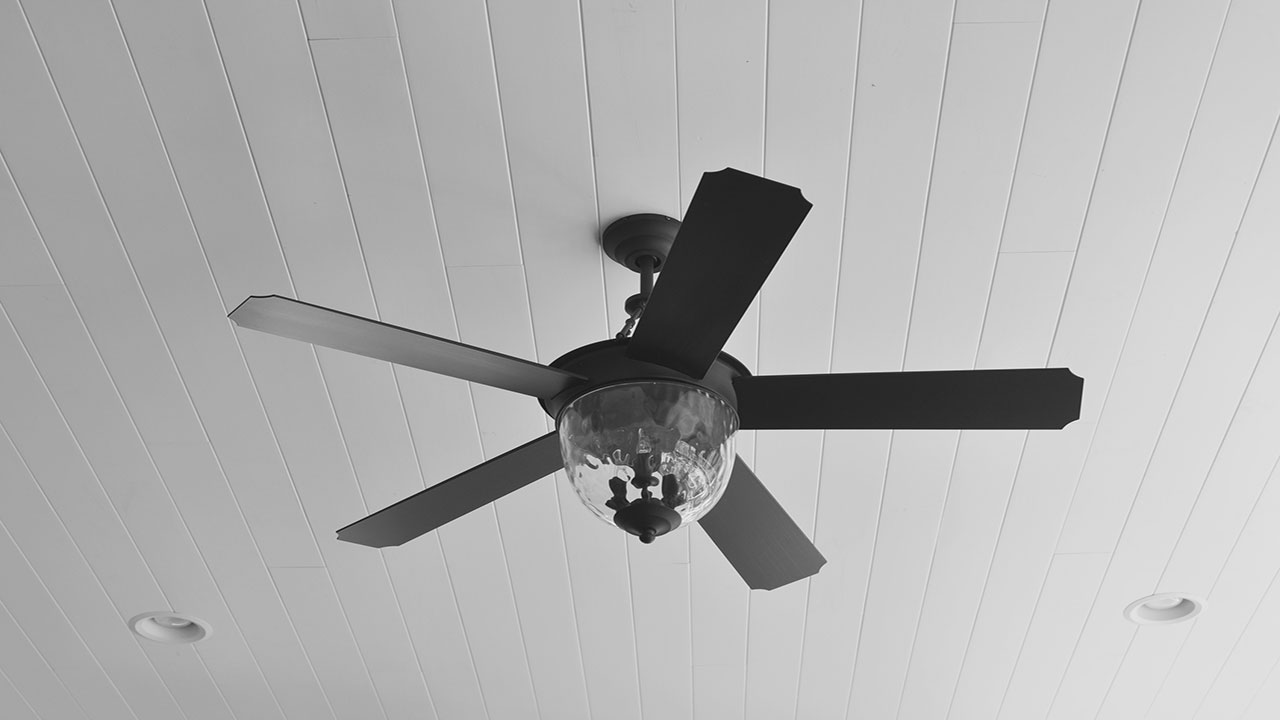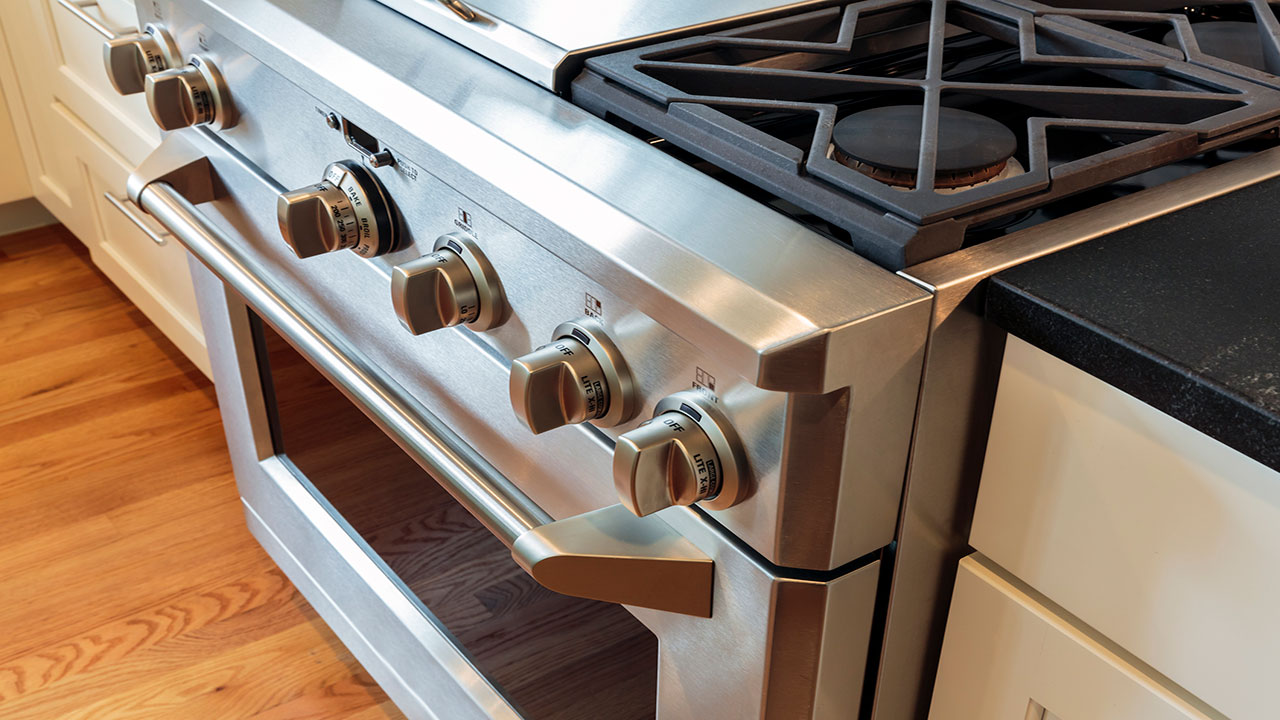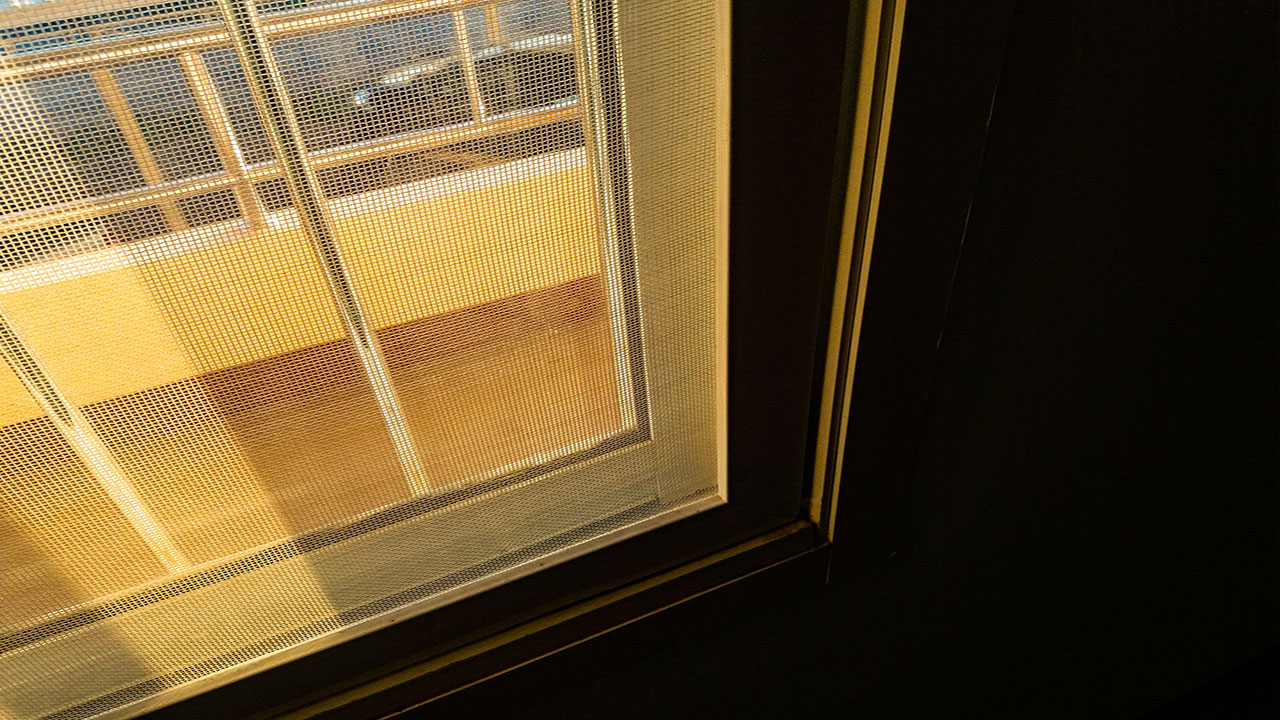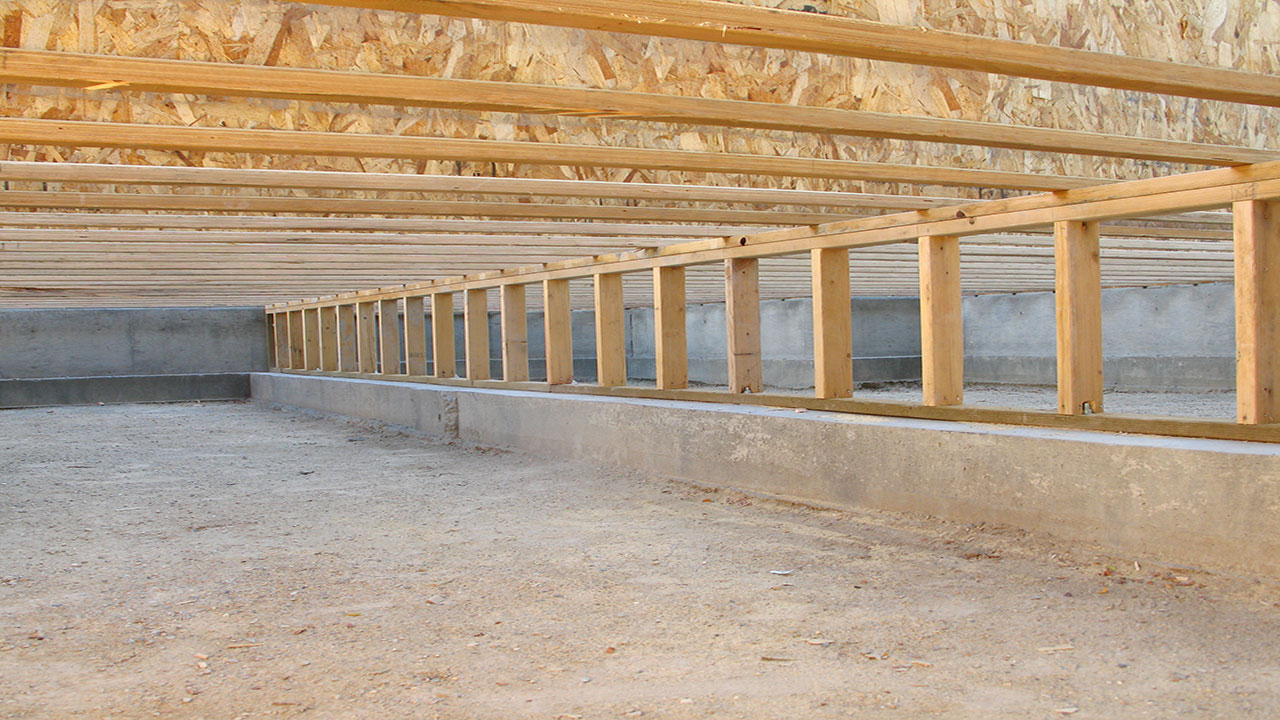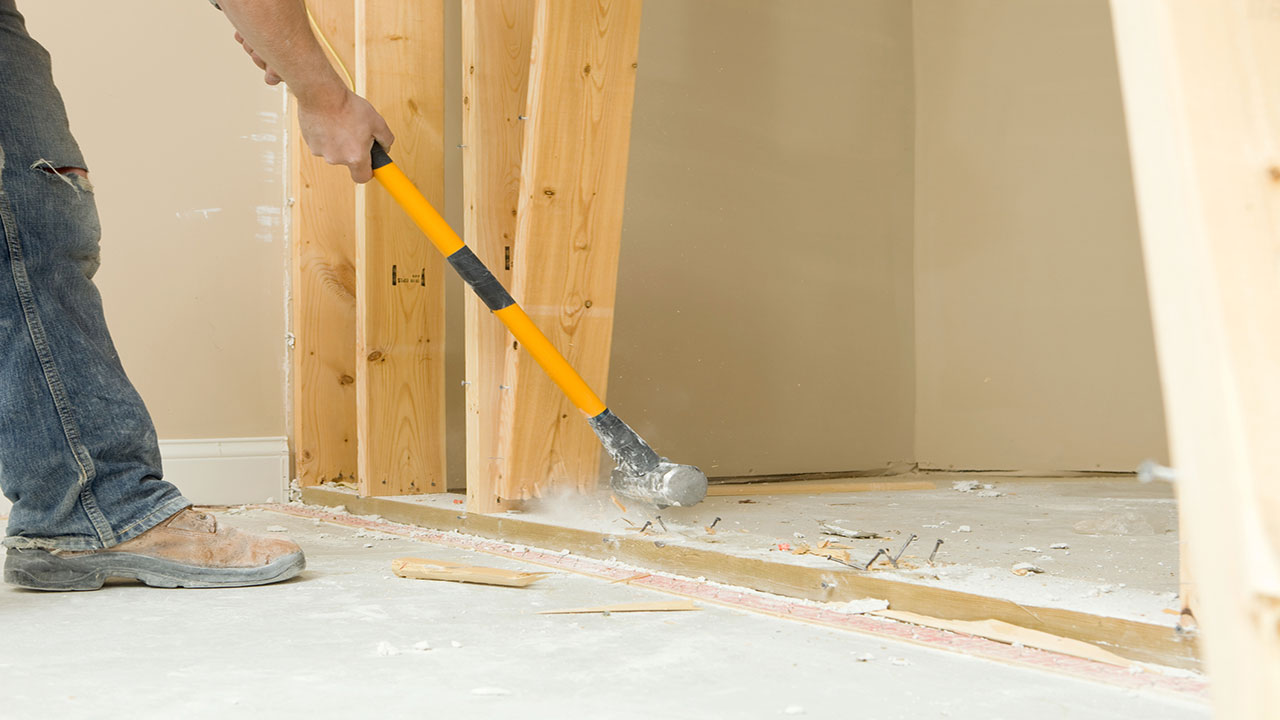13 Ways to Boost Curb Appeal For Less Than $100

Your home’s curb appeal plays a key role in its perceived value. Whether you just want to improve the look of your home to appease your tastes or are looking to attract more buyers as a seller, it all starts with amazing curb appeal.
But boosting the look of your home’s exterior doesn’t have to put a huge dent in your bank account. There are plenty of little projects you can take on to improve your curb appeal for less than $100, including the following.
1. Buy a New Doormat
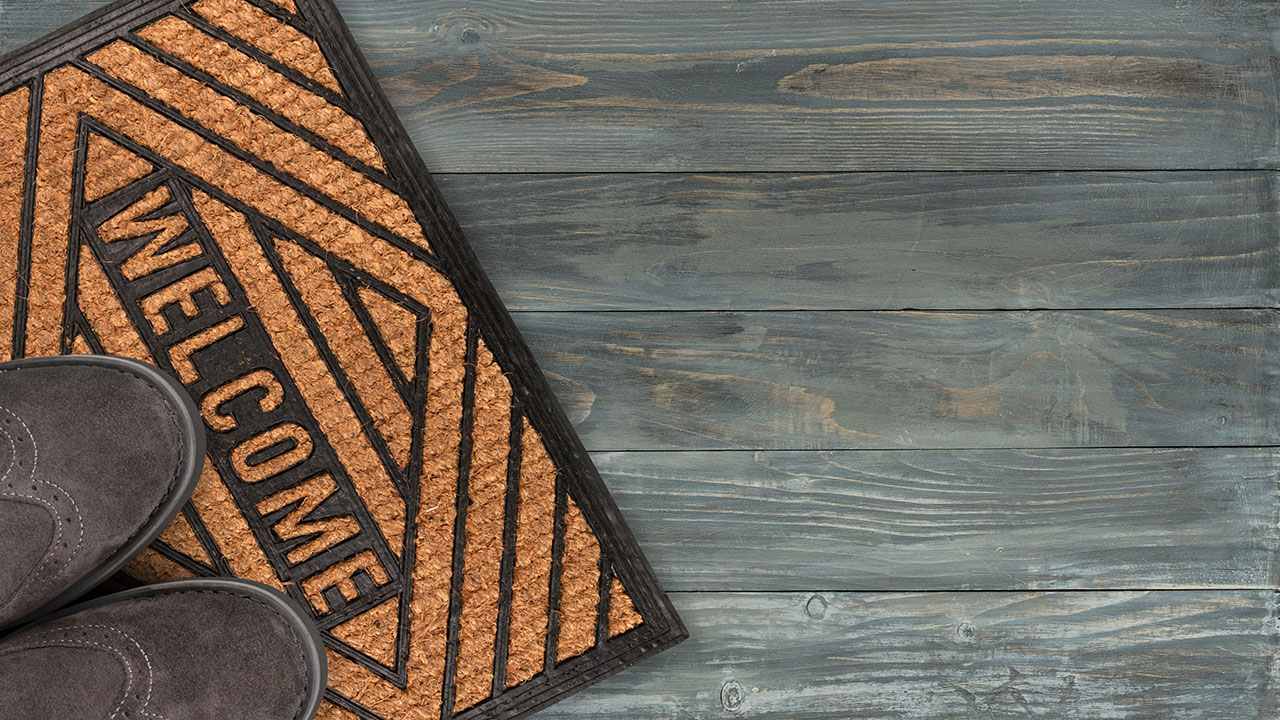
That “Welcome” doormat at the foot of your front door might not be so welcoming anymore if it’s all ratty and has seen better days. A quick and cheap way to make a change to your home’s entrance is to replace the mat with something new. There are tons available out there for far less than $100, though you can always splurge if your pocketbook allows for it.
2. Add Bark Mulch
It’s amazing what a difference a little bark mulch can make in the look and feel of an outdoor garden. New mulch can instantly spruce up your flower beds and shrubs. Not only does it significantly improve the aesthetics of your outdoor landscaping, but it can also prevent your garden from becoming overwhelmed by weeds. Replacing your mulch is a cheap endeavor and can do wonders for the greenery in your yard.
3. Cut the Grass and Trim the Hedges

This might sound obvious, but it’s worth mentioning. You could spend hundreds or even thousands of dollars on a professionally-designed landscaping job, but it will be all for naught if you don’t keep up with the lawn mowing and hedge trimming. Overgrown grass and hedges will take away from the appeal of your home’s exterior. Sure, this will require regular maintenance on your part, but the good news is that it won’t cost you a cent.
4. Update Your Front Door
If your front door is scaring people away from knocking, it might be time for a change. While completely replacing the door would be ideal, you might find it hard to find something for less than $100. Instead, all you might need to do is reface the front door with a little paint. Just be sure to sand it down if necessary before painting in order to ensure a smooth and seamless look when you’re done.
5. Replace the Door Knob and Lock
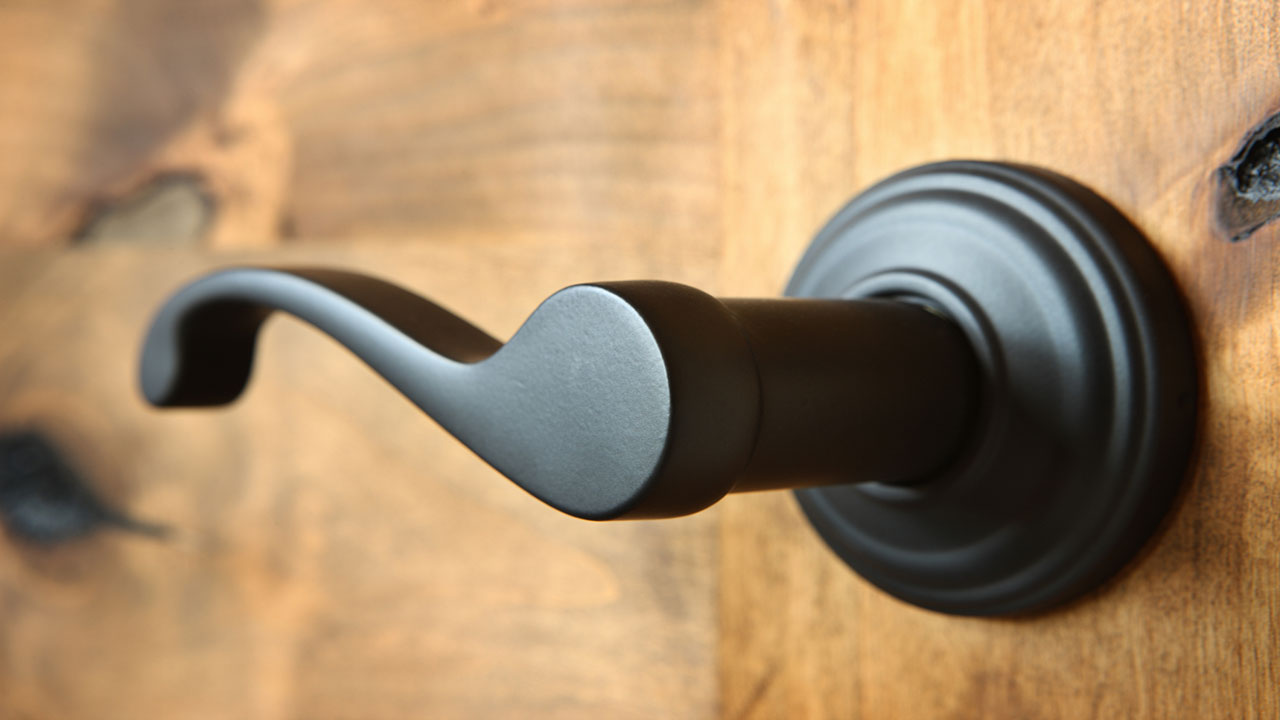
While you’re refacing the front door, consider changing the knob or lock. This hardware can easily become worn over time, so sometimes replacing them can make the door – and your home – look more up-to-date.
6. Add Planters Beside Your Front Door
Flanking your front door with a couple of planters can give your entrance an instant update with a splash of color without breaking the bank.
7. Plant Some Flowers

If your landscaping is lacking in color, consider planting a few flowers throughout your front lawn. Just be sure to come up with a simple design first so the final look is cohesive.
8. Install a New Porch Light
If your porch doesn’t have a light, now’s the time to get one. A little light at the front entrance is not only functional, but it adds to the aesthetics of your home overall.
If you have a porch light but it’s showing major signs of wear and tear, swap it for a new model. While there are plenty of expensive and extravagant models out there, you can also find more affordable options that will do just as good a job at improving the curb appeal of your home.
9. Replace Your House Numbers

You might not even think about your house numbers, but they’re just another piece of the puzzle to the overall look of your home’s exterior. You can either repaint the numbers you already have or replace them altogether with something a little more modern.
10. Reface Your Mailbox
Your home’s mailbox is not purely functional, but it’s also a decorative element of your home’s curb appeal. If you can’t find a replacement for less than $100, you can always repaint it to give it a fresh new look at a fraction of the price.
11. Clean Your Windows

It doesn’t take long for your home’s windows to get covered in dirt, dust, debris, and dead bugs. Give your windows a thorough wash to get them gleaming and shining. Not only will this help the way your home looks on the outside, it will also allow a lot more natural light in from the inside too.
12. Paint Your Window Shutters
If your windows are surrounded by shutters, consider giving them a new paint job. It’s a cheap and quick way to update the look of your home’s exterior.
13. Clear Out Your Front Deck
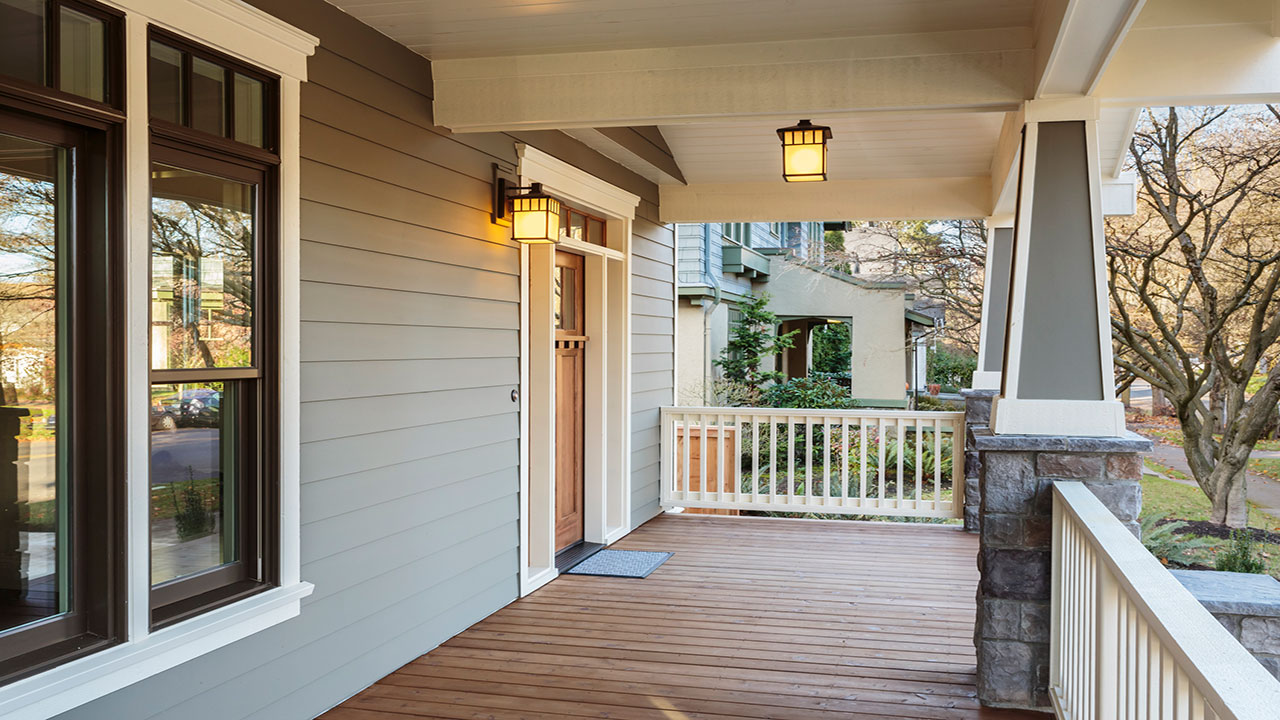
All those shoes, stacked-up patio furniture, and debris that may have piled up in the corner need to be cleaned out. Keep only what you need to create a comfortable and stylish outdoor space in order to improve your home’s curb appeal.
The Bottom Line
Curb appeal speaks volumes, especially when you’re trying to sell for top dollar in a reasonable amount of time. But you don’t have to spend the big bucks to improve your home’s curb appeal. Try any one of these projects to give your home’s exterior a boost without making a hole in your pocket.



